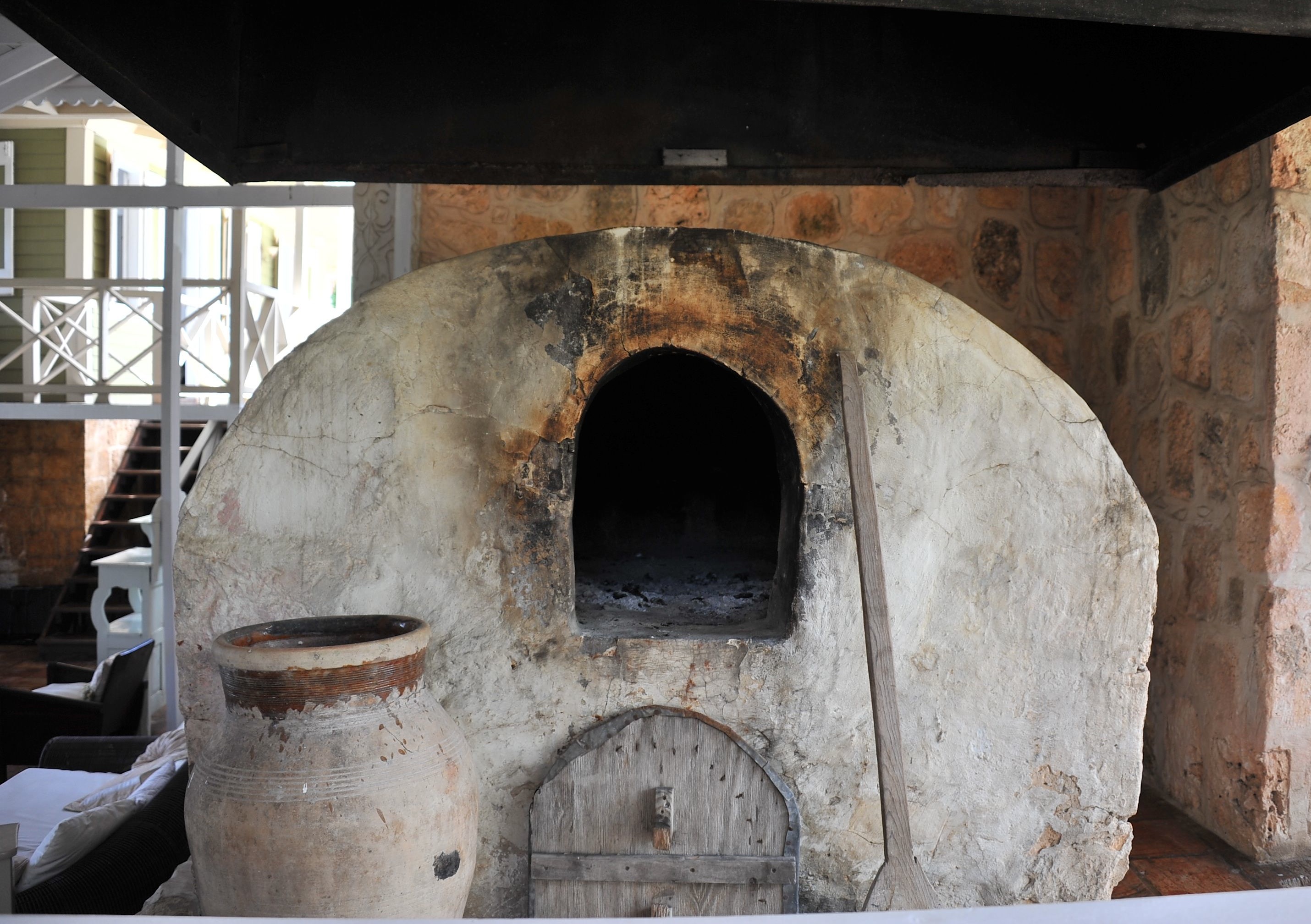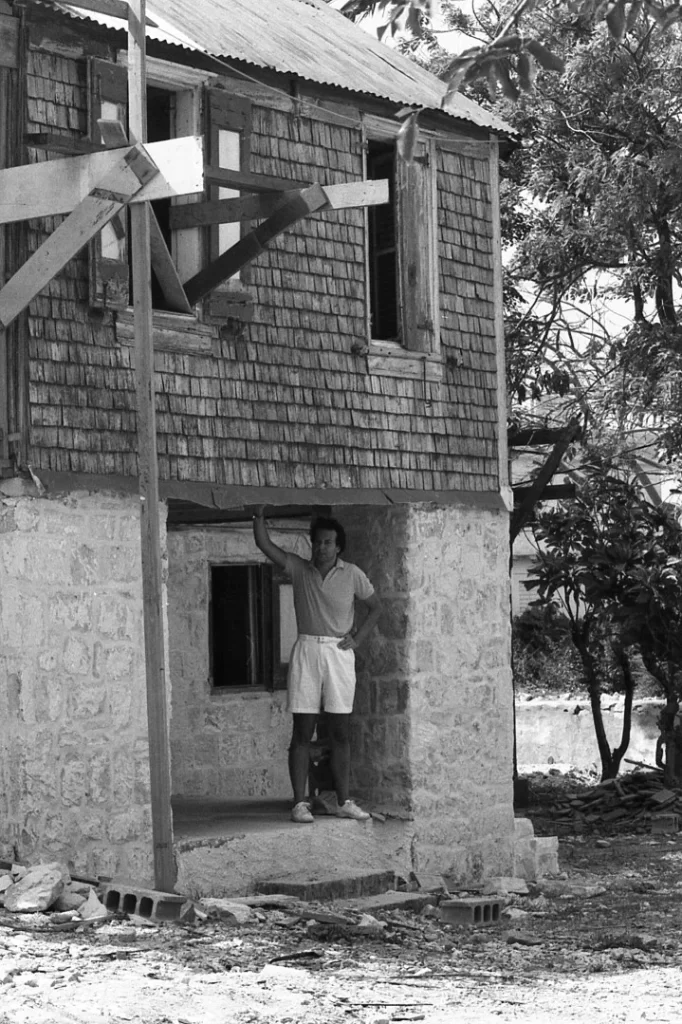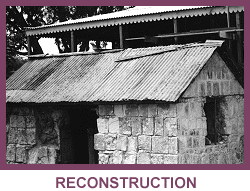KoalKeel History

Originally constructed in the 1700’s as a sugar and cotton plantation, KoalKeel Restaurant was built by slave labor for a Dutch family from St. Maarten who owned the property. It was part of an estate whose acreage extended down to Crocus bay. Just across what is now that Valley road stands a yellow house with a bright red roof. This house was part of the original estate and was utilized as slave’s quarters.
Emancipation of the slaves in the 19th century combined with years of drought and famine resulted in abandonment by the plantation owners. Eventually the forsaken properties were purchased by the decedents of the very slaves whose blood and sweat tilled the land.
After a series of owners and divided parcel ship of the estate, the building came into the hands of Gussie Hodge who leased it to the British Government as a residence for the medical doctor assigned to Anguilla by the British Sovereign. Due to the small population of the island, the medical doctor doubled as Chief of Police and Magistrate.
A long list of representatives of the British Crown inhabited the six room house which continued through the early and mid 20th century. Because of the professional responsibilities of its occupants the estate became known as the “Warden’s Place.”
After the revolution of 1967 and the eventual elimination of the position of magistrate the house was once again left empty. In the early 1970’s Alan Gumbs purchased the abandoned house and began the restoration in 1984. Mr. Gumbs commissioned Architect Adrian Kobbe (Owner of Kobbe Design) to oversee the well-planned restoration. Mr. Kobbe’s careful guidance ensured that every attempt was made to correctly match materials to the original stonework around the base of the building, once again exposing the rocks from the cliffs at Limestone Bay. Where needed, additional stone and dirt were gathered from certain parts of the island to restore the Old Rock Oven and today, just as in years past the Old Rock Oven is fired up to slow-cook foods just as it did hundreds of years ago.
One of the unique discoveries was perhaps the first attempt at an indoor septic which had been abandoned and an outhouse used in it’s place.
In 1989 KoalKeel Restaurant was built in place of what used to be the garden. Meticulous detail was used in the duplication of the style of the Old House. In 1994, construction of the wine cellar, Le Dôme was completed. In its construction the builders again searched the hills of Limestone Bay to match the solid Limestone staircase and interior and exterior walls to the original structure. Housed 17 feet below ground level, the fully temperature controlled Le Dôme at one time housed approximately 15,000 bottles and represented wines from around the world. KoalKeel was the proud recipient of a Wine Spectator “Best of award of Excellence” award for its carefully selected wine list as it had for several years in the past.
Upstairs in “Le Petit Patissier,” is the English salon where you can have tea and pastries, browse amongst antiques and bask in another era.
In 2013 KoalKeel Restaurant closed its doors. However, the still-beloved Warden’s Place was still a place where people came to see the Old House as it is stop number three on the Anguilla Heritage Trail.
In 2017 Hurricane Irma stormed through Anguilla leaving destruction in her path. Although KoalKeel had endured many storms over its 200 year existence, Irma ripped the upstairs portion of the porch of the Old House completely away, split the house open on her sides and damaged a section of the dining room.
See what the original architect who completed the renovation back in 1970 had to say about KoalKeel Restaurant Anguilla
“This house in particular was a beautiful project, you don’t find houses like this in the Caribbean easily. This building was done in 1760, it was the Warden’s Place, and at that time it was a big house. They had good quality stones, they had nice things and this quality showed for 200 years later because we were able to restore it to as it looks today. The problem we so often have in the Caribbean is that hurricanes blow houses away, especially in the space of time like 100 years. So it’s very rare to find a house like this one…this is a beautiful house. The project ran for nearly three years until we got it all together and I love to see it working, I’m happy to see a house that is more than 200 years old, today – full of life and full of people. It’s hard to beat – the beauty, the spirit, the feeling, everything comes together and it’s marvelously run, the charm and the atmosphere… it’s overwhelming!”
Adrian Kobbe Architect, Anguilla

